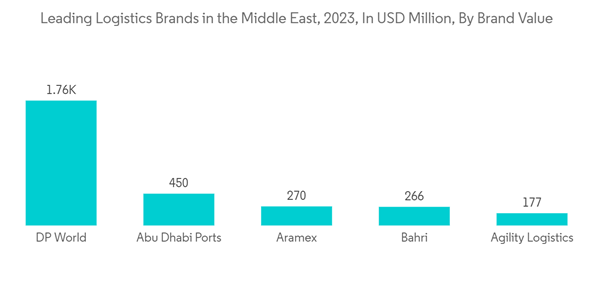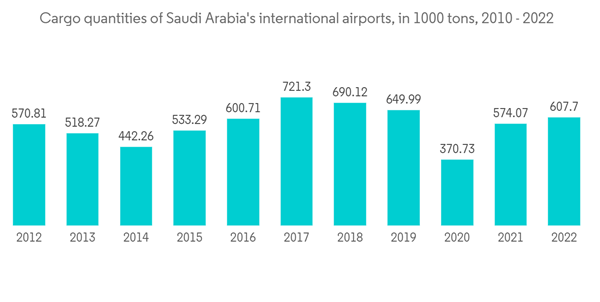During the past decade, globalization and technology created new opportunities for internationalization, boosting the supply chains and competitiveness in Africa. Currently, the most important countries in terms of logistics are Algeria, Angola, the Democratic Republic of Congo, Egypt, Ghana, Kenya, Mozambique, Nigeria, South Africa, and Tanzania. Some of them own key ports in the continent. For example, Barra owns Dande and Lobito in Angola, Lekki in Nigeria, Musoma in Tanzania, and Lamu in Kenya.
The political instability of some countries is likely to make territorial integration inappropriate in the short term. Domestic markets are predominant in this zone since there is little interaction among regions, which has led to a stagnation in international trade.
The economy is highly dependent on mining, which represents a third of the GDP. Morocco is a stable partner. Meanwhile, Egypt and Algeria have the highest production values. However, they are known for their little international interaction and lack of developed logistics corridors. African logistics companies are going beyond megacities and are looking to connect Africa's rural communities to regional supply chains.
While megacities are attracting millions of young Africans, Africa's population remains predominantly rural.
Despite a sustained period of decline over the last few years, affected by a fall in oil prices and geopolitical strife, Middle-East and Africa is fast becoming a region of automotive and supply chain opportunity. Carmakers such as VW, Toyota, GM, Groupe PSA, and Mercedes-Benz are investing in the local assembly, ranging from North African countries, including Morocco, Algeria, and Egypt, to sub-Saharan markets, such as Rwanda, Ethiopia, Kenya, and Ghana. The region also has some notable logistics developments.
Middle East & Africa Transport and Logistics Market Trends
Development of freight transport segment
- The Middle-East and African region is projected to grow significantly, with the Middle-East witnessing significant growth annually in terms of air transport. Cargo volumes are estimated to double in most countries of the region. At such levels, several challenges and opportunities arise. For airports in Africa and the Middle-East, this presents a stellar opportunity to capitalize on the growth potential and prepare for change, keeping the airlines and consumers at the heart of development and how it serves the national interest.
- In the Middle-East, the vast number of significant airport capital expansion programs are led by demand coming from the growth of domiciled carriers. However, there is also geographic proximity to major source markets, such as the Indian subcontinent and intercontinental traffic flows and the MENA regional travel. This factor and a favorable regulatory environment and governments, which have understood and harnessed the value of aviation, have led to the development of airport hubs that are catering to some of the largest movements of passenger and cargo traffic globally.
- Airports in the Gulf have led this trend, with Dubai, Abu Dhabi, Bahrain, Doha, Muscat, and Jeddah investing billions of dollars in infrastructure and focusing on improving the passenger experience. This investment is due to the close symbiotic relationships the airports have with domiciled carriers such as Emirates Airlines, Etihad Airways, Qatar Airways, and Saudi Arabian Airlines, which enable most stakeholders in the value chain to work together and develop an end-to-end experience, serving the industry and the respective local economies.
- Like their global peers, airports in the Middle-East aspire to overcome project development challenges through effective stakeholder collaboration, capitalizing on digitization, the airport retail revolution, and non-aeronautical opportunities. In addition, they aim to create personalized experiences by offering guests a sense of place with enough capacity. Airport developers in the Middle-East are also striving to achieve green building credentials through international certifications and those developed by national programs while working toward ACI carbon accreditation.
E-commerce Driving the Logistics Industry
- According to the present economic situation in Saudi Arabia, the logistic sector, with its pillars of aviation, roads & transport, railways, warehousing & marine, is expected to be a key factor in helping the Saudi economy to continue to grow in the near future.
- Saudi Arabia is already considered to be an important international logistics hub, because of its central geographical location at the crossroads of the main international trade routes, amidst three continents, namely Asia, Europe, and Africa, in addition to its size and its large economy on the Arabian Peninsula. However, location and size are not sufficient to be considered an important logistics hub. Therefore, the country has taken up an ambitious plan to improve its logistics infrastructure with specialized facilities and new economic zones.
- This plan - the Saudi Vision 2030 - was launched by Crown Prince Mohammed bin Salman in 2016 to reduce the Saudi dependence on oil. It encompasses a nine-point strategy of process streamlining, market liberalization, privatization, infrastructure enhancement, the establishment of new free economic zones and governance, and regulatory reforms to maximize its strategic advantage to evolve into the “go-to logistics hub” for the Middle East region.
- Out of all the Middle Eastern and North African (MENA) countries, Saudi Arabia has witnessed the biggest changes and activity in the logistics industry during the last 2 to 3 years.
- The Kingdom has recently developed the logistics sector through a capital investment of more than USD 106.6 billion. This allowed an increased capacity in the land, air, and maritime cargo, in addition to the development of and simplification of the import/export operations and the removal of all restrictions related to logistics operations.
Middle East & Africa Transport and Logistics Industry Overview
The Middle-East and African freight and logistics market is fragmented, with the presence of international and local players. The market is dominated by major international players like DHL, FedEx, and UPS. The market is expected to grow during the forecast period due to growing e-commerce and growing infrastructure in the region.Additional Benefits:
- The market estimate (ME) sheet in Excel format
- 3 months of analyst support
This product will be delivered within 2 business days.
Table of Contents
Companies Mentioned (Partial List)
A selection of companies mentioned in this report includes, but is not limited to:
- DHL
- FedEx
- Kuehne + Nagel
- United Parcel Service Inc.
- RAK Logistics
- Al-Futtaim Logistics
- Agility Logistics
- Saudi Transport & Investment Co. (Mubarrad)
- Almajdouie Group
- Ceva Logistics
- Gulf Agency Company (GAC)
- International Freight Group*










